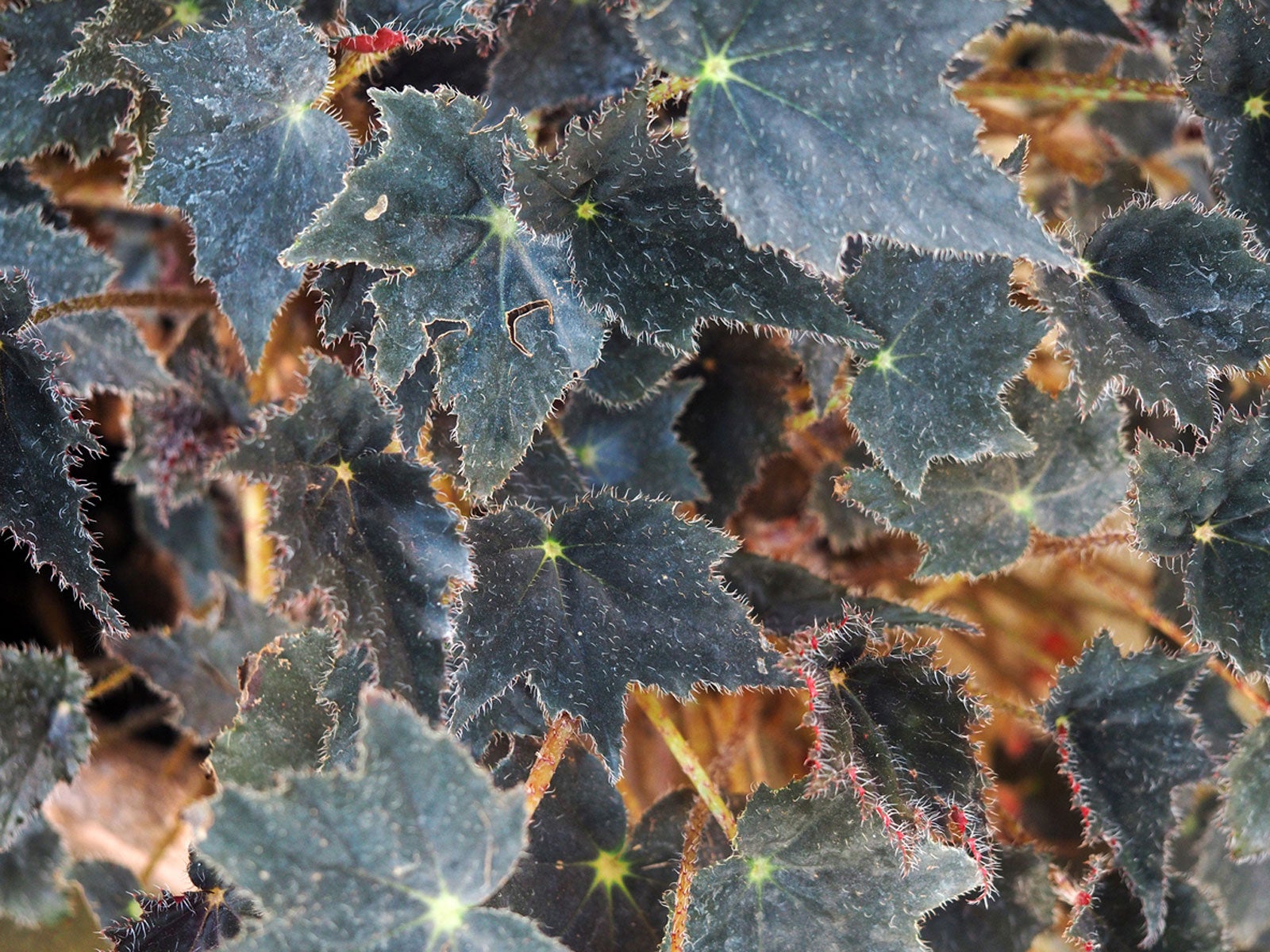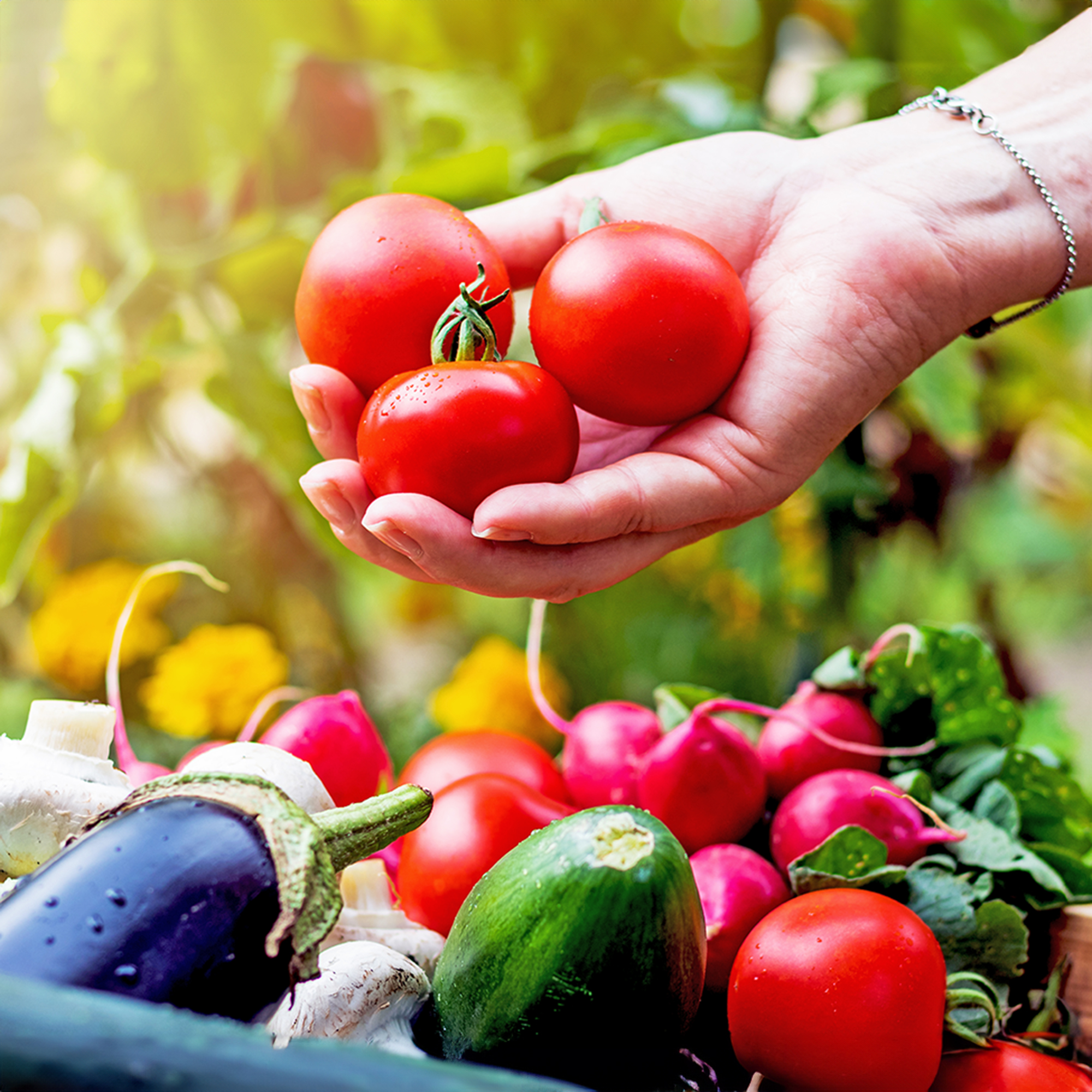Growing Begonia Rhizomes – What Is A Rhizomatous Begonia

Begonias are herbaceous succulent plants that hail from the tropics. They are grown for their gorgeous blossoms and spectacular leaf shapes and colors. One of the more common types of begonias grown is the rhizomatous, or Rex begonia. Interested in growing begonia rhizomes? Read on to learn how to grow rhizomatous begonias and about rhizomatous begonia care.
What is a Rhizomatous Begonia?
There are around 1,000 species of begonia with about 10,000 cultivated cultivars and mutations. Amongst the major classifications are the fibrous rooted, rhizomatous, and tuberous rooted begonias.
Rex begonias are herbaceous perennials in USDA zones 10 through 12, so they are more commonly grown as houseplants or annuals. While they do flower, they are grown more for their vibrant, textured leaves. In fact, they are also referred to as ‘fancy-leaf,’ ‘painted leaf,’ or ‘king’ begonias.
Rhizomatous begonias range in size from quite small to immense with 3 foot (1 m.) leaves, although their size is in breadth, not height. They grow from rhizomes underground, hence the name. Interestingly, Rex begonias are tolerant of juglone toxicity produced by black walnut trees.
Is Rhizomatous Begonia Different from Tuberous Begonia?
This is a commonly asked question and, yes, rhizomatous begonia is different from tuberous begonia. Tuberous begonias are the most spectacular bloomers of the begonias. They are grown from tubers rather than rhizomes. They are often grown in the garden, but their sensitive nature means they must be dug up and preserved in peat moss over the winter months.
How to Grow Rhizomatous Begonias
When growing begonia rhizomes, some attention to detail is necessary, as these plants can be particular in their needs. They prefer bright but indirect sunlight. Outdoors, situate Rex begonias in containers, hanging baskets, or beds in full to partial shade. Inside, Rex begonias thrive in easterly facing windows or set back from southern or western exposures.
They also prefer relatively high humidity and flourish in bathrooms or kitchens where humidity levels are often higher. Plants can also be placed on trays of wet pebbles or marbles.
Gardening tips, videos, info and more delivered right to your inbox!
Sign up for the Gardening Know How newsletter today and receive a free copy of our e-book "How to Grow Delicious Tomatoes".
Rhizomatous Begonia Care
Besides their penchant for low light and high humidity, begonias in general should be fertilized during the growing season. Fertilize with a water-soluble food that has been diluted to quarter strength once every two to three weeks during the growing season. Refrain from fertilizing from fall until new growth emerges in the spring.
Rex begonias like to be consistently moist but not saturated. Wait to water until the top inch (2.5 cm.) of soil feels dry to the touch. Water at the base of the plant and avoid wetting the leaves, which can leave the plant open to powdery mildew. Also, when the plant goes dormant from fall to spring, reduce the amount of water given to the begonia.

Amy Grant has been gardening for 30 years and writing for 15. A professional chef and caterer, Amy's area of expertise is culinary gardening.
-
 Which Invasive Shrubs Should You Avoid Growing? Plus, Best Natives To Plant Instead
Which Invasive Shrubs Should You Avoid Growing? Plus, Best Natives To Plant InsteadCertain plants may look lovely but they can wreak havoc to local areas and native wildlife. Here are the key invasive shrubs to avoid – with recommendations on gorgeous native alternatives to try
-
 What Not To Plant With Tomatoes: 8 Bad Neighbors That Could Ruin Your Harvest
What Not To Plant With Tomatoes: 8 Bad Neighbors That Could Ruin Your HarvestNot all companion plants are beneficial – some can sabotage your tomatoes. Find out which ones to keep at a safe distance in the garden.